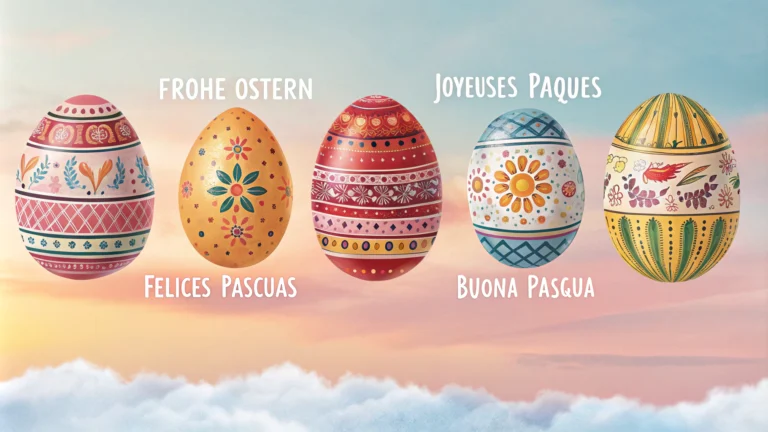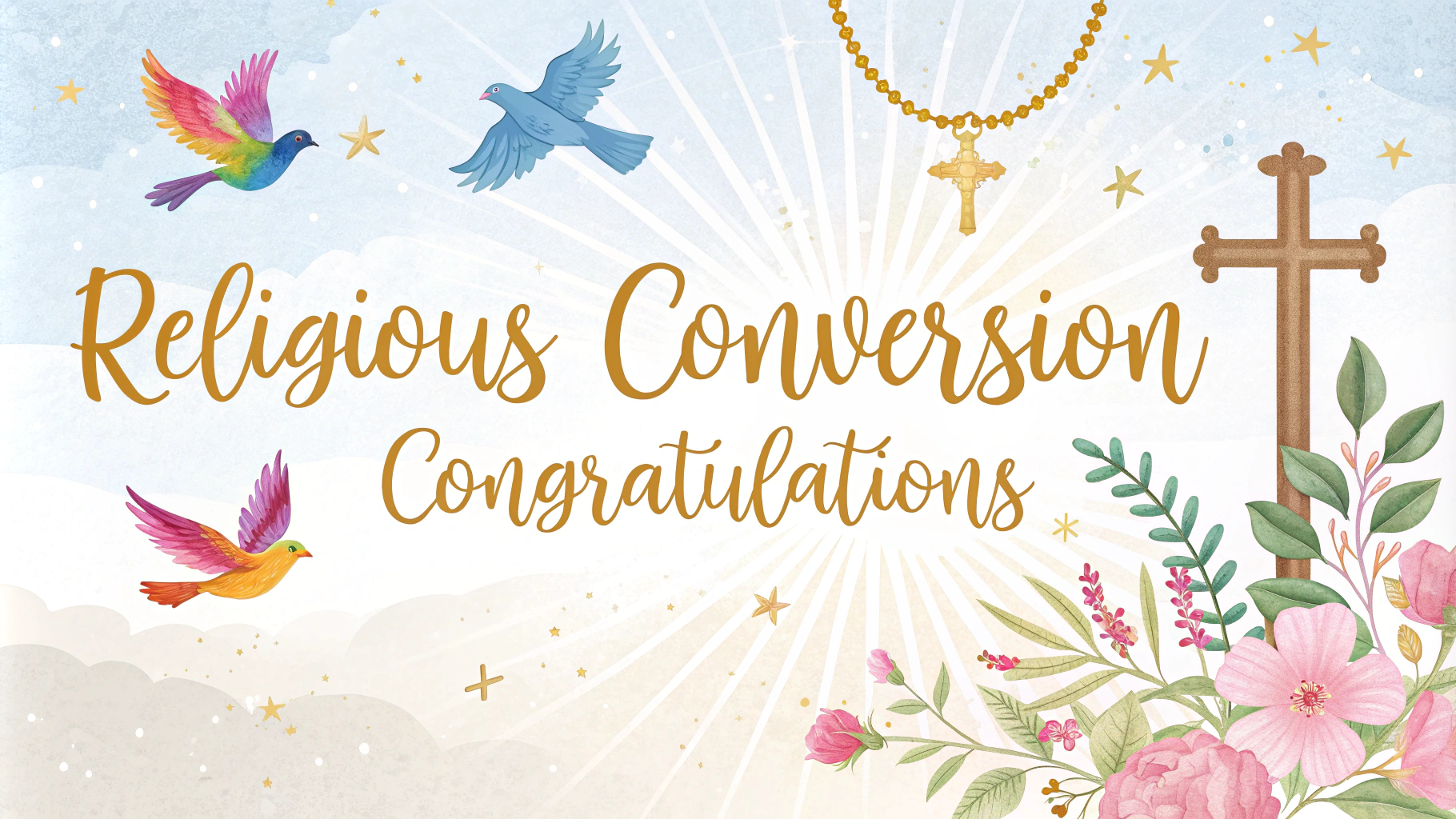Celebrating Easter across cultures brings unique expressions of joy and renewal through traditional greetings and wishes.
Common Easter Greetings by Language
| Language | Greeting | Pronunciation | English Meaning |
|---|---|---|---|
| Greek | Χριστός ανέστη! (Response: Αληθώς ανέστη!) | Christós Anésti! (Alithós Anésti!) | Christ is Risen! (Truly He is Risen!) |
| Russian | Христос воскрес! (Response: Воистину воскрес!) | Khristos voskres! (Voistinu voskres!) | Christ is Risen! (Truly He is Risen!) |
| German | Frohe Ostern! | Fro-he Os-tern | Happy Easter! |
Simple Easter Wishes for Cards and Messages
- French: “Joyeuses Pâques!” (Happy Easter!)
- Italian: “Buona Pasqua!” (Happy Easter!)
- Spanish: “¡Felices Pascuas!” (Happy Easter!)
- Polish: “Wesołego Alleluja!” (Happy Easter!)
- Portuguese: “Feliz Páscoa!” (Happy Easter!)
Cultural Tips for Easter Greetings
Orthodox Christians traditionally exchange the Paschal greeting in their native language during Easter season.
Many European countries share eggs as gifts while expressing Easter wishes.
Some cultures prefer religious greetings while others use secular expressions.
Digital Easter Greetings
- Add Easter-themed emojis to digital messages
- Include pictures of decorated eggs with multilingual greetings
- Pair spring-themed images with traditional wishes
Business Easter Greetings
Professional Easter messages should respect local customs and religious diversity.
Using “Happy Spring” or “Season’s Greetings” works well in multicultural business settings.
Writing Easter Cards in Different Languages
- Write the greeting in both the original language and English
- Include phonetic pronunciation for verbal greetings
- Consider regional variations of common phrases
- Respect formal vs informal forms when applicable
Save this guide for reference during Easter season to share authentic greetings with friends and family worldwide.
Modern Easter Communication Trends
Social media platforms have transformed how people share Easter greetings globally, combining traditional messages with modern elements.
Popular Digital Formats
- Video calls for family Easter gatherings
- Virtual Easter egg hunts with shared greetings
- Social media Easter story filters
- Digital Easter cards with animated elements
Regional Easter Greeting Customs
Different regions maintain unique traditions when exchanging Easter greetings:
- Mediterranean: Extended family gatherings with formal greetings
- Scandinavian: Nature-themed Easter wishes
- Latin America: Religious processions with communal greetings
- Eastern Europe: Egg-painting gatherings with traditional phrases
Adapting Easter Greetings
For Different Audiences
- Family members: Personal and traditional greetings
- International friends: Multilingual messages
- Professional contacts: Culturally sensitive wishes
- Social media: Casual and creative expressions
Conclusion
Easter greetings reflect the rich diversity of global celebrations while maintaining traditional meanings. Whether shared digitally or in person, these expressions connect people across cultures and generations, fostering understanding and appreciation for different customs.
Remember to consider your audience and context when choosing appropriate Easter greetings, ensuring your message resonates authentically with recipients worldwide.
FAQs
- What are some traditional Easter greetings in English?
“Happy Easter!”, “Blessed Easter!”, and “Christ is Risen!” are the most common English Easter greetings used worldwide. - How do you say “Happy Easter” in French?
In French, “Joyeuses Pâques” is the traditional Easter greeting, pronounced as “zhwy-uhz pak”. - What is the traditional Greek Easter greeting and response?
In Greek, people say “Christos Anesti” (Christ is risen) and respond with “Alithos Anesti” (Truly, He is risen). - How do Germans wish each other during Easter?
Germans say “Frohe Ostern” for Happy Easter, while some also use “Gesegnete Ostern” for Blessed Easter. - What’s the traditional Russian Easter greeting?
Russians use “Khristos voskres!” (Christ is risen) and respond with “Voistinu voskres!” (Truly risen!). - How do Spanish-speaking countries say Happy Easter?
“¡Felices Pascuas!” is the most common Spanish Easter greeting, while some regions also use “¡Feliz Pascua!”. - What is the traditional Italian Easter greeting?
Italians say “Buona Pasqua!” for Happy Easter, which is used throughout Italy during the Easter season. - How do Polish people exchange Easter greetings?
The traditional Polish Easter greeting is “Wesołego Alleluja!” or “Wesołych Świąt Wielkanocnych!”. - What is the traditional Portuguese Easter greeting?
In Portuguese, people say “Feliz Páscoa!” for Happy Easter, used in both Portugal and Brazil. - How do Swedish people greet each other during Easter?
Swedes typically say “Glad Påsk!” which directly translates to Happy Easter in English.







